A beautiful collection of rare vintage photographs of London, taken between the 1910s and 1910s, from the Archives of English Heritage. The photo book Panoramas of Lost London by Philip Davies reveals nearly 300 spectacular photographs of Londons lost buildings from the London Metropolitan Archive in Panoramic format. Tudor, Georgian and Victorian buildings, some of them historic masterpieces, captured in location just before their destruction between 1870-1945.
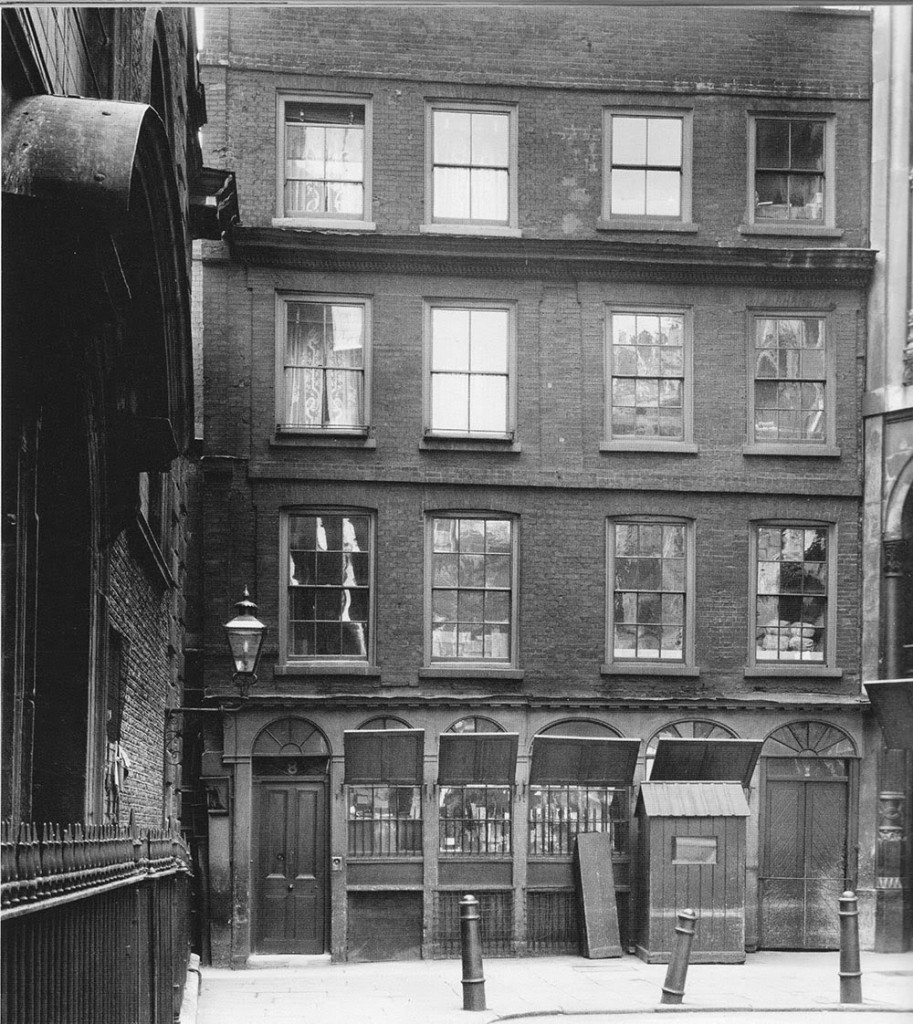
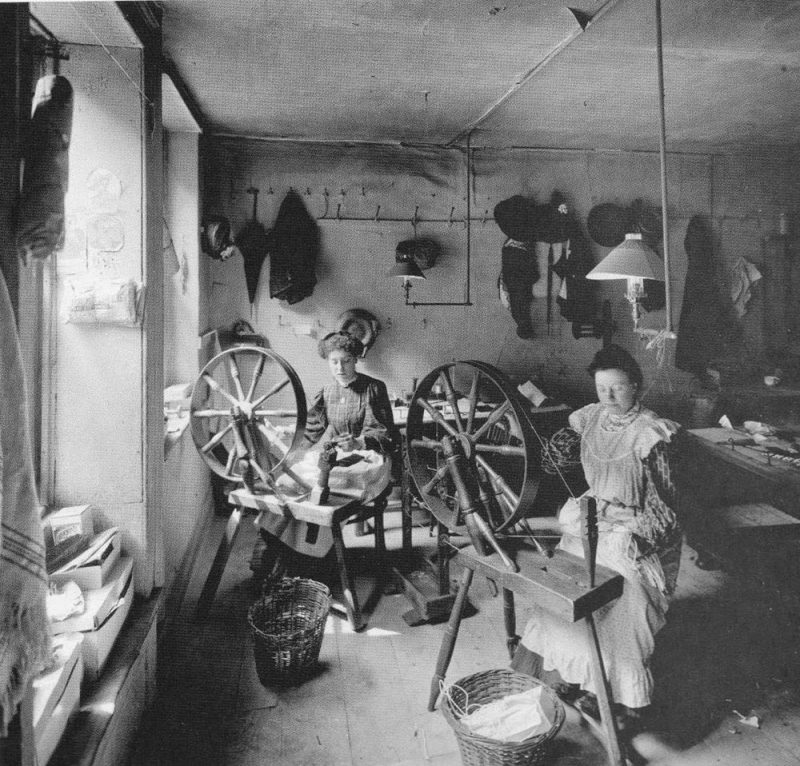
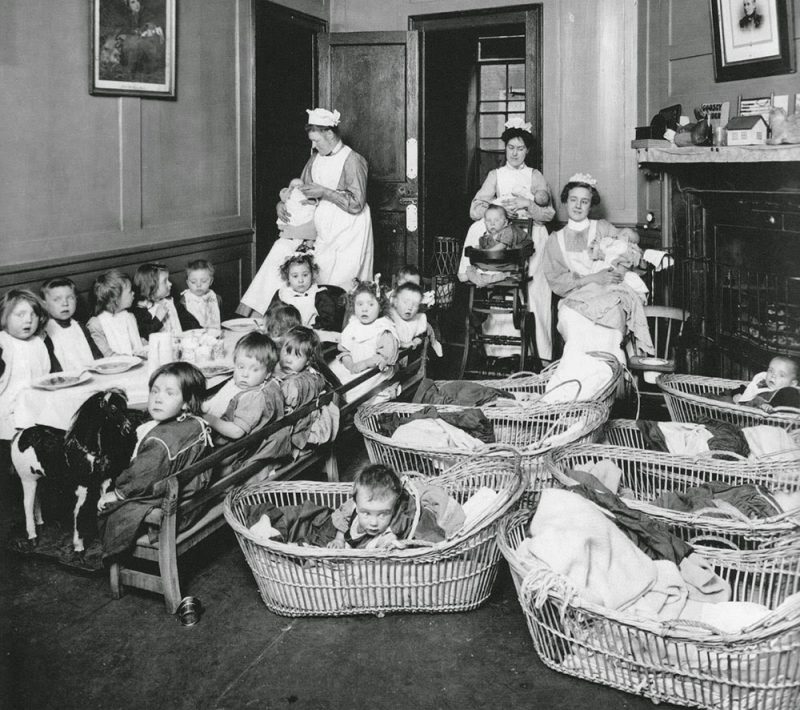
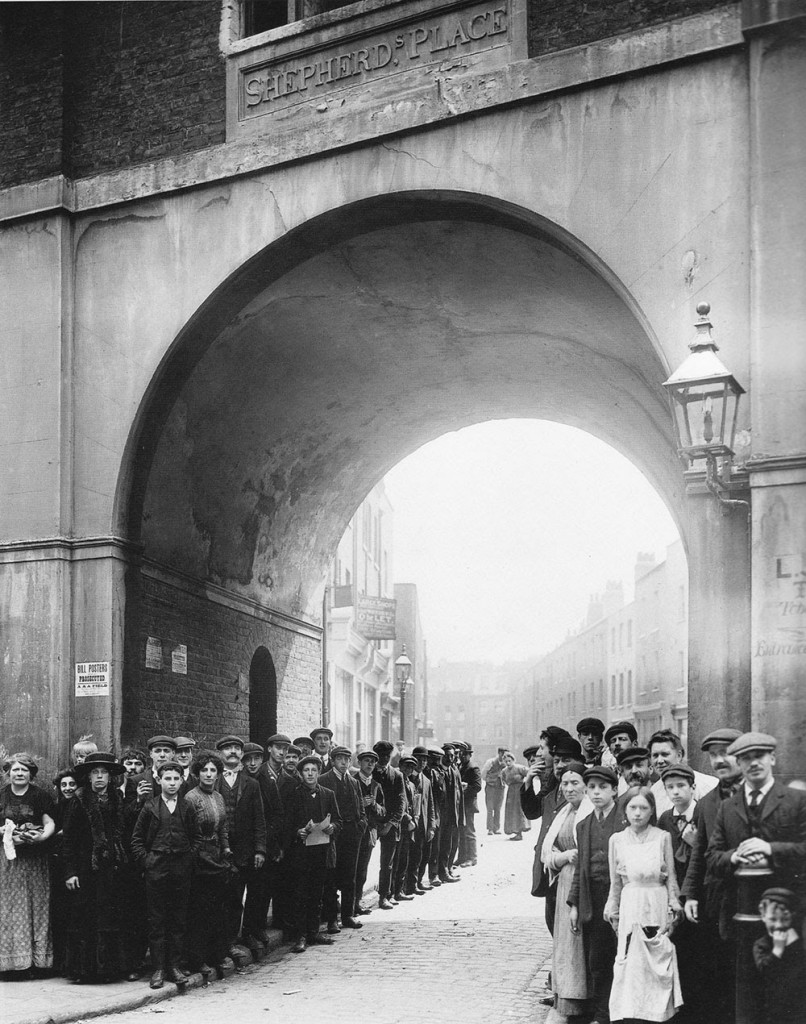
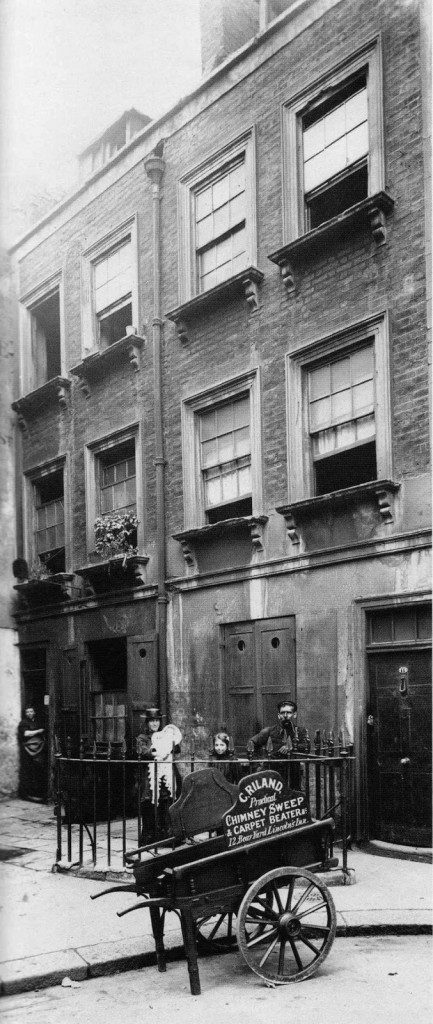
London entered the 20th century at the height of its influence as the capital of the largest empire in history, but the new century was to bring many challenges. London was the largest city in the world from about 1825 until it was overtaken by New York City in 1925.
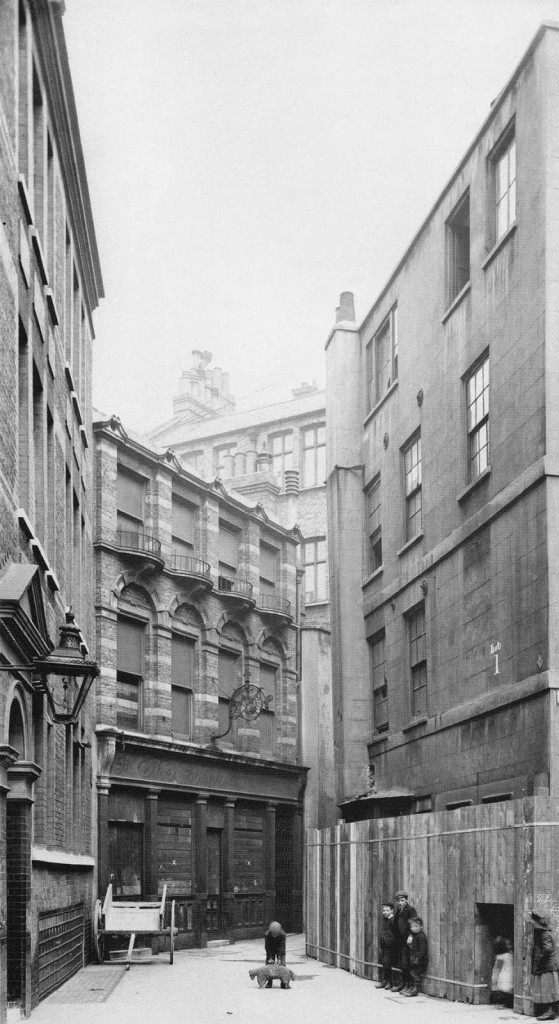
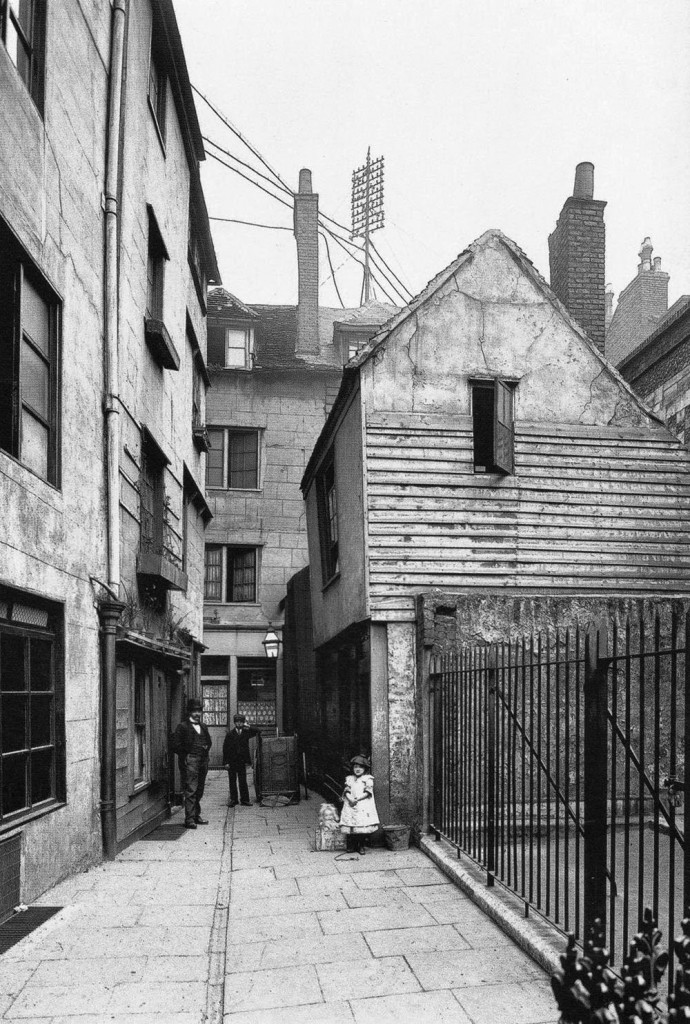
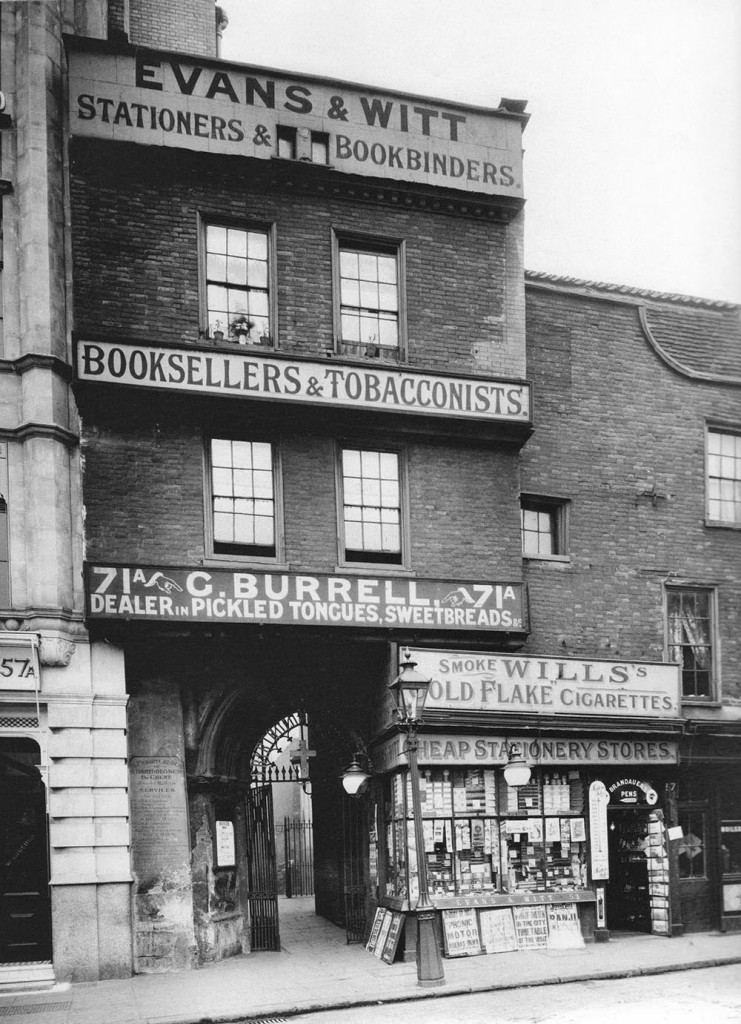
Prior to World War One, Britain was the world’s economic superpower.Despite its flourishing economy, Britain was simply not prepared for the economic impact that the war would have. While London remained fairly prosperous relative to the rest of Britain during the interwar years, their economy still experienced an inevitable decline. After the beginning of World War One in 1914, Britain experienced a massive financial crisis due to market panic. There were several reasons why London was able to remain relatively prosperous throughout the interwar years. One major reason was the significant amount of population growth London experienced during these years. In fact, London’s population increased from 7.25 million in 1911 to 8.73 million in 1939.[Another major aspect that helped fuel the economy was the Pax Britannica, which brought business through an increase in shipping, imports, and even investments.
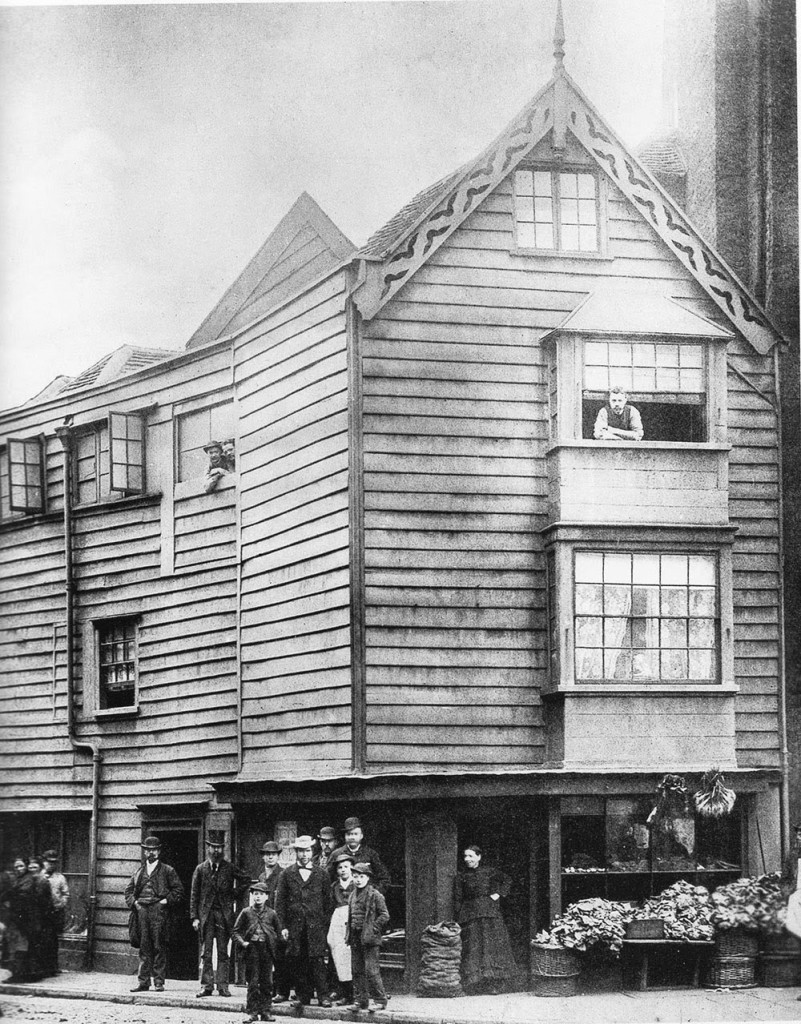
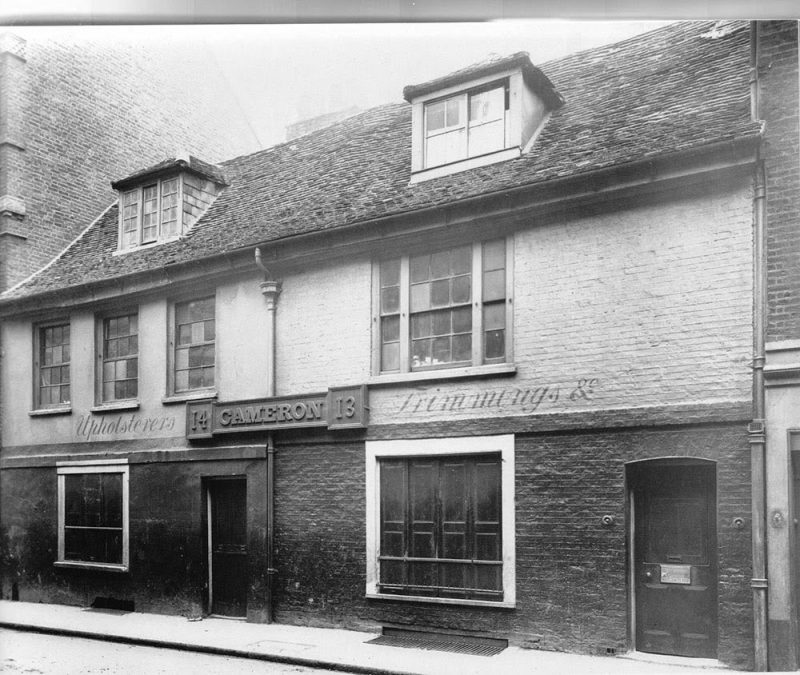
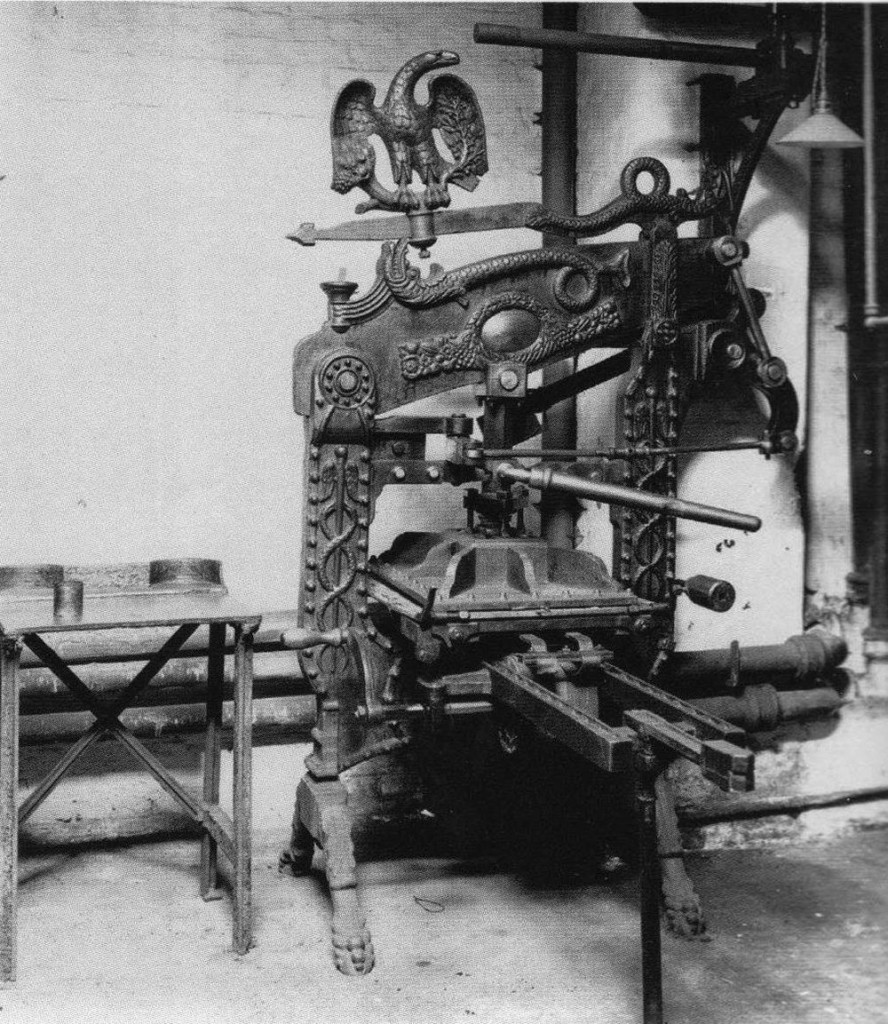
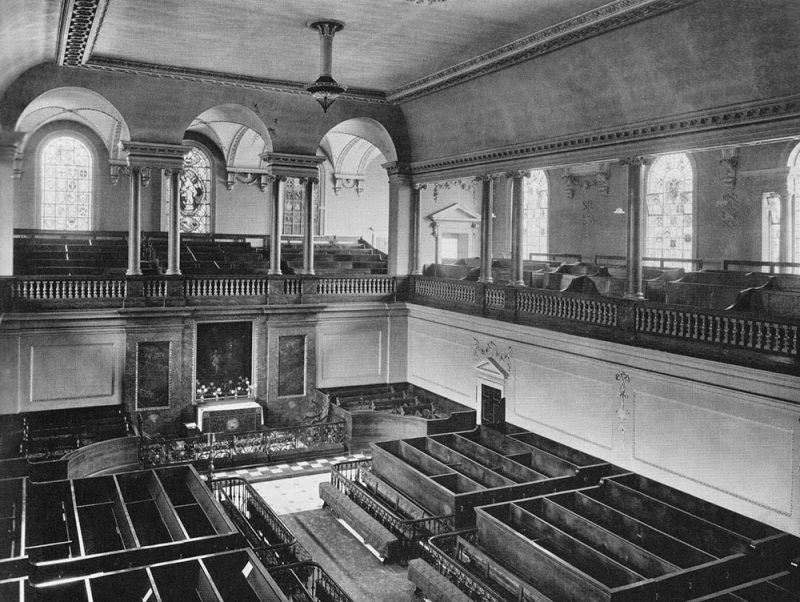
During World War I, London experienced its first bombing raids, carried out by German zeppelin airships and later by aeroplanes. On 31 May 1915 the first aerial bombing raid on London was carried out by a zeppelin, which dropped high explosives over the East End and the docks, killing seven people. There were a further ten airship raids over London during 1915 and 1916 and a further one in 1917.
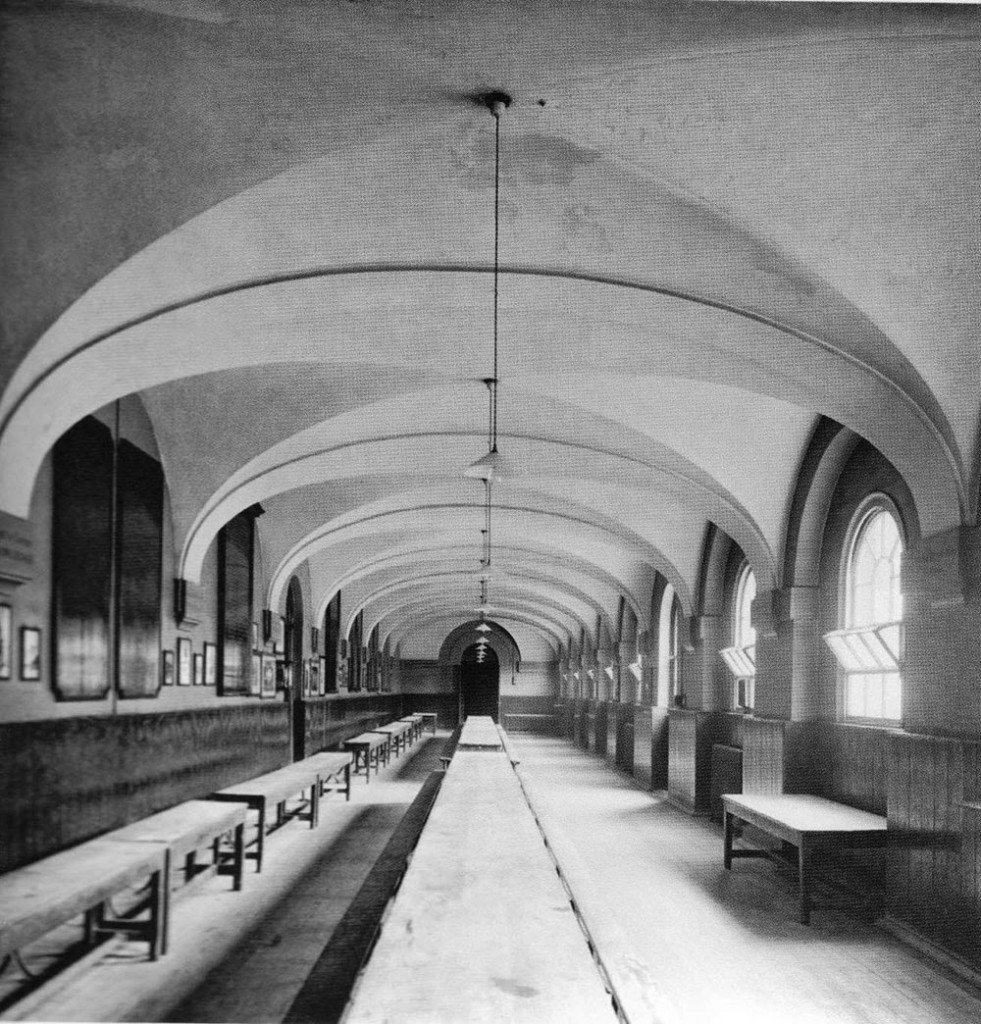
By 1917, British success at shooting down airships persuaded the German military to instead use aeroplanes to attack London. The first attack by bombers occurred in May 1916 when a single plane attacked the East End. By May 1917 a squadron of Gotha biplanes was assembled. On 13 June 1917 the largest World War I air raid on London was carried out, resulting in about 160 deaths. In this raid fourteen Gotha bombers bombed numerous targets in the City and the East End, including the Fenchurch Street/Aldgate area, Royal Albert Dock, Liverpool Street Station and Upper North Street School in Poplar. Sixteen children were killed at the school, causing public outrage. Further raids followed during 1917 and 1918. However, by May 1918 British air defences had improved sufficiently to start inflicting heavy German losses, and this persuaded Germany to call the raids off.
